How to Cook the Dryad Saddle or Pheasant Back Mushroom
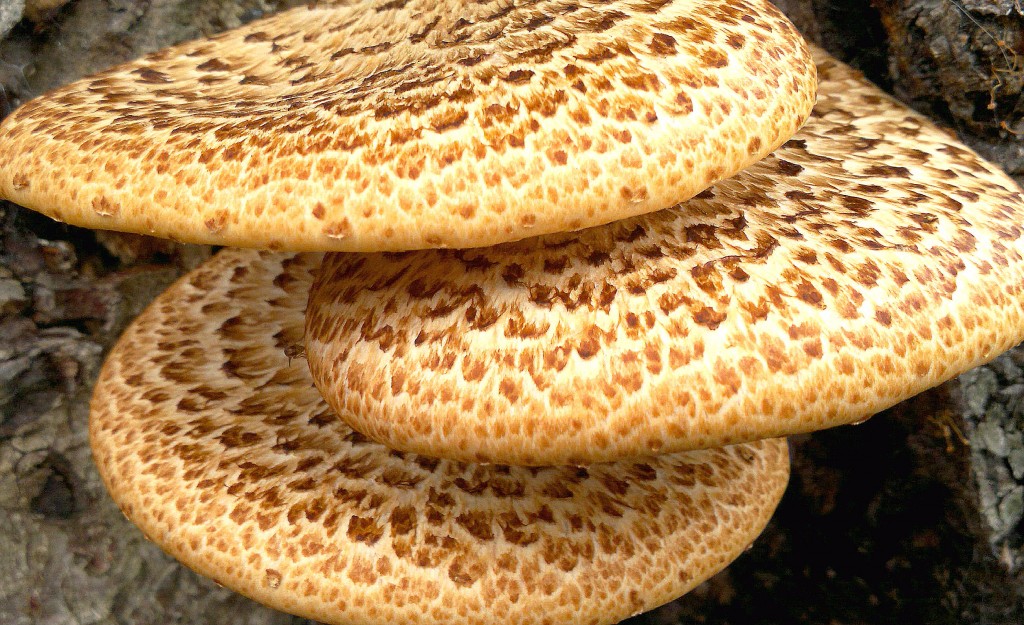
Dryad’s Saddle Edibility, Identification, Distribution Galloway
One of the most underrated mushrooms, the Dryad's saddle ( Cerioporus squamosus, formerly known as Polyporus squamosus) is an edible mushroom with a pattern on the top of the cap that resembles pheasant feathers, hence the common name pheasant back. Pheasant tail mushrooms and saddle mushroom are two other common names.
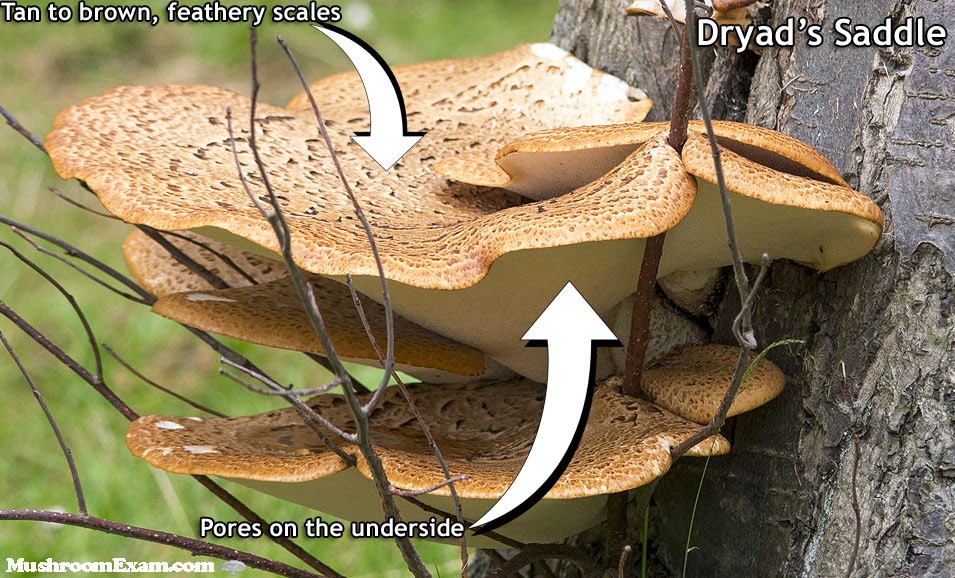
Mushroom Identification Dryad's Saddle
How to identify. Starting out as stout little ears a little like Shrek's, this fungus grows rapidly into beautiful saucers, often in tiers all down the side of the tree upon which it lives. The cap surface is pale cream/golden and has the most beautiful pattern of brown scales on top, which also gives it it's other nickname - 'Pheasants back.
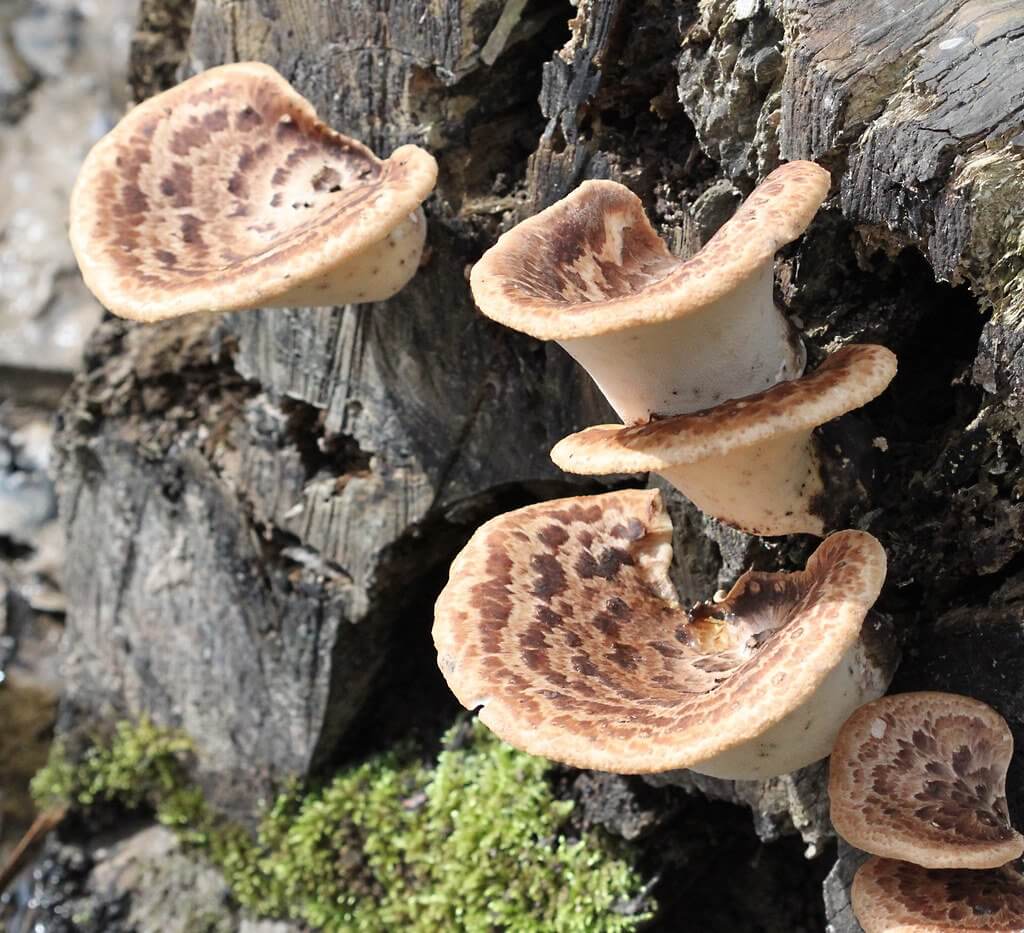
Dryad's Saddle, a Unique and Tasty Mushroom Eat The
Dryad's Saddle, also known as Pheasant's Back and Hawk's Wing, is a polypore-like bracket mushroom. It fruits on dying or dead hardwood trees. Dryad's Saddle is easily distinguishable by the cap's stylish light and dark brown patterns. They look like finely drawn scales or the back of a brown-feathered bird.
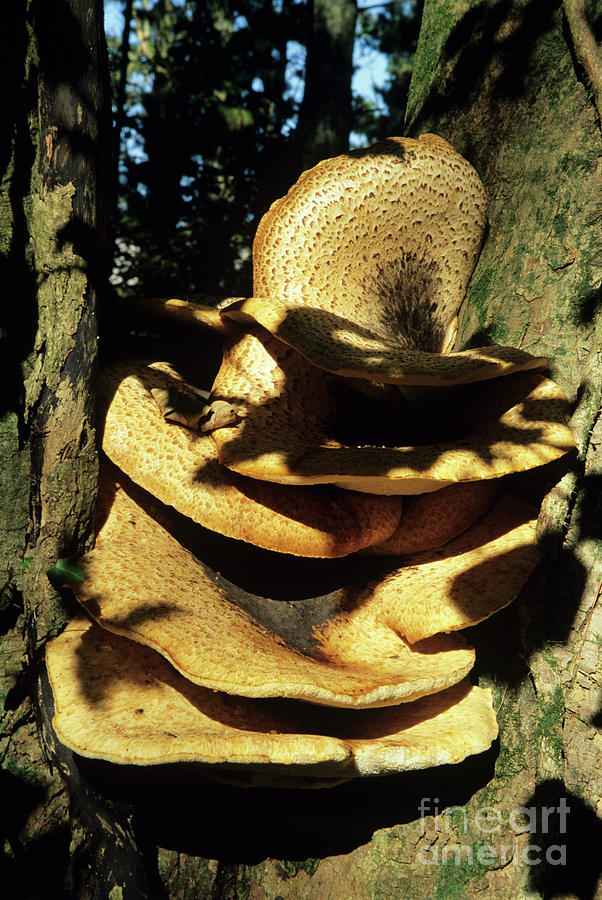
Dryad's Saddle Mushrooms Photograph by John Wright/science Photo
The other common name, dryad's saddle, refers to the shape, which suggests a seat for a tree spirit (a dryad). It is also sometimes referred to as "Hawks Wing Mushroom".
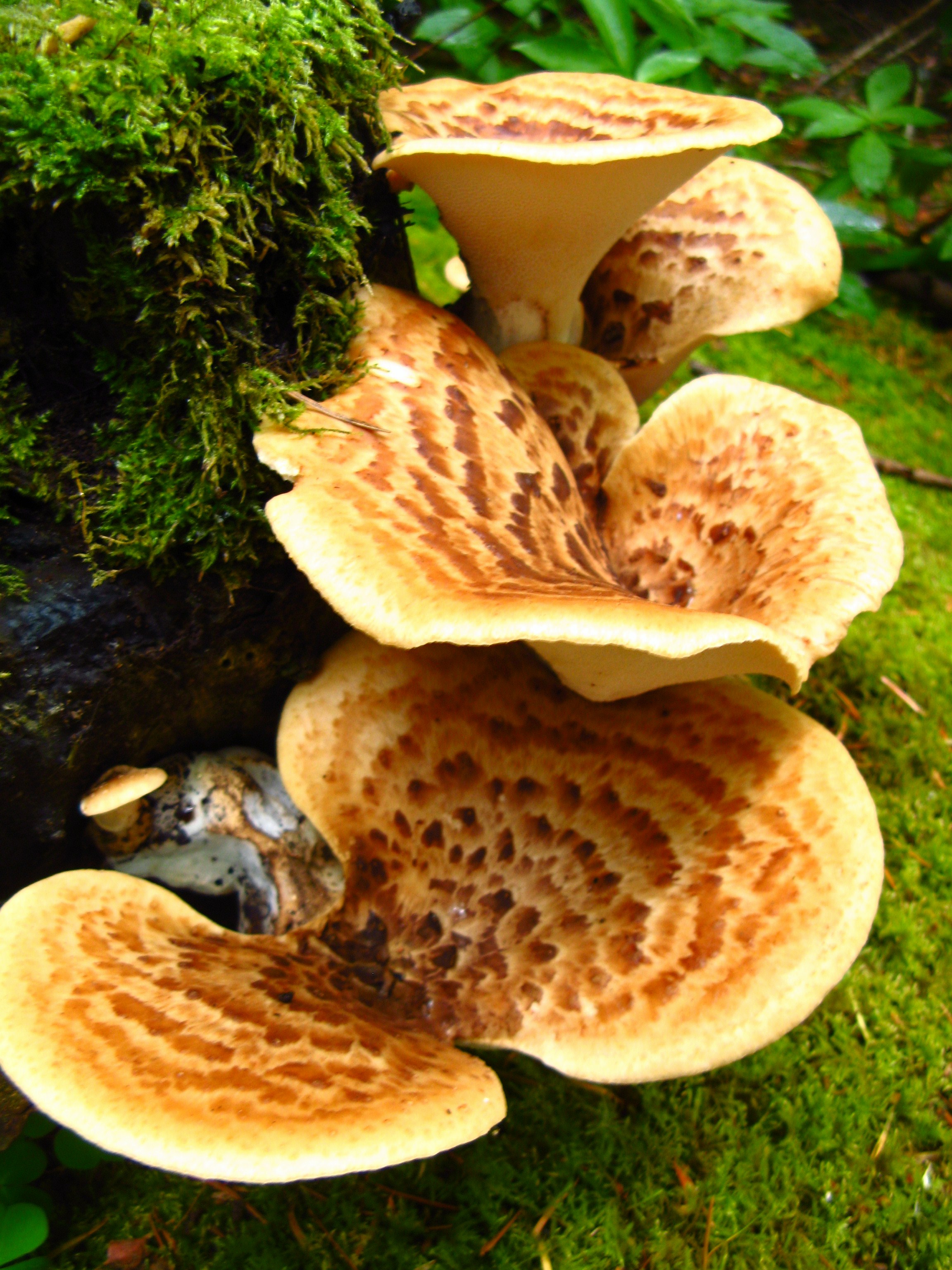
Dryad’s Saddle Edibility, Identification, Distribution Galloway
Dryad saddles have a very strong farinaceous odor, similar to Clitopilus prunulus and others. To me (and most people) it resembles cucumber or watermelon rind--not a typical mushroomy aroma. Cooking will soften the flavor, but it won't remove it, and for me, and other people that like this mushroom, that's a good thing.

Three Dryads saddle mushrooms growing on a fallen log Photograph by
Dryad's saddle, also known as pheasant's back, is a large, scaled cap mushroom that can decay dead trees and the sapwood of living trees. The fruiting body ranges from 3-18 inches across and can get quite thick with a yellow/brown body and a scale pattern on the top. The fruiting body is tanish/brown on top and cream on the bottom.
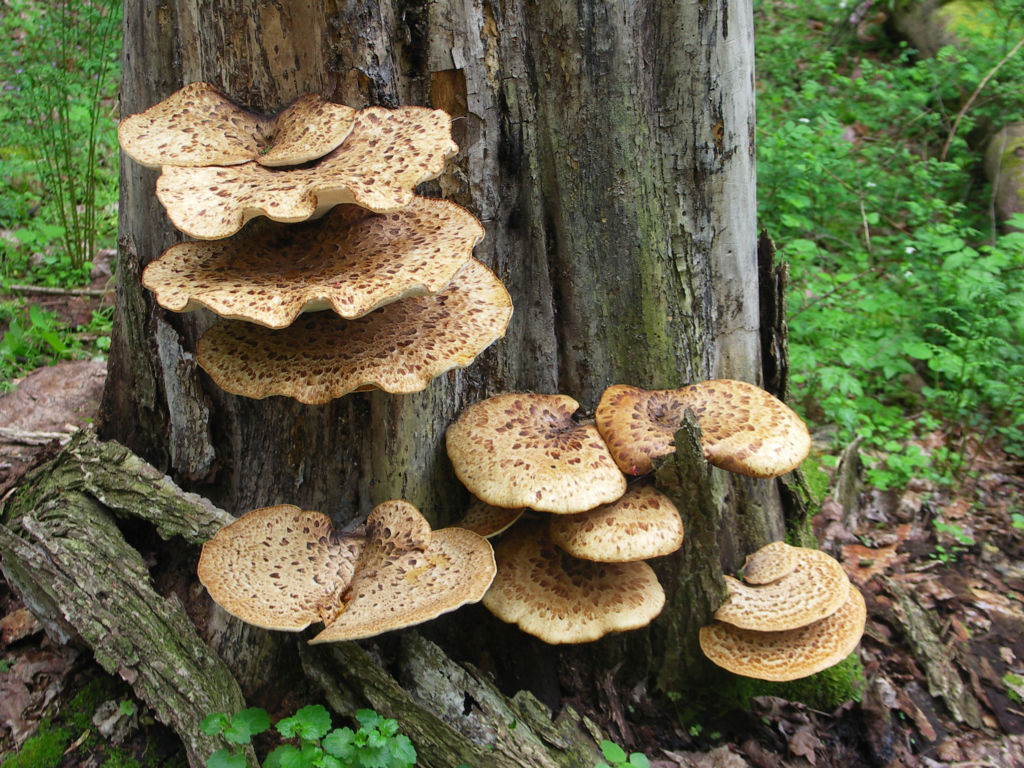
dryads saddle Western Pennsylvania Mushroom Club
Pheasant back mushrooms (Cerioporus squamosus), also commonly known as Dryad's Saddle, are a common edible mushroom that's easy to identify. They used to go by the Latin name Polyporus squamosus, so you might find them in old field guides under that name as well.

How to Cook the Dryad Saddle or Pheasant Back Mushroom
Home / Mushroom Guide / Dryad's Saddle ( 90 votes, average: 3.69 out of 5) Dryad's Saddle Edible Spring Summer View Full Size Image The largest of these specimens was over 50cm in diameter The largest capped mushroom in the UK starting early in the year and sometimes lasting until the end of Summer. Watch our videos on YouTube
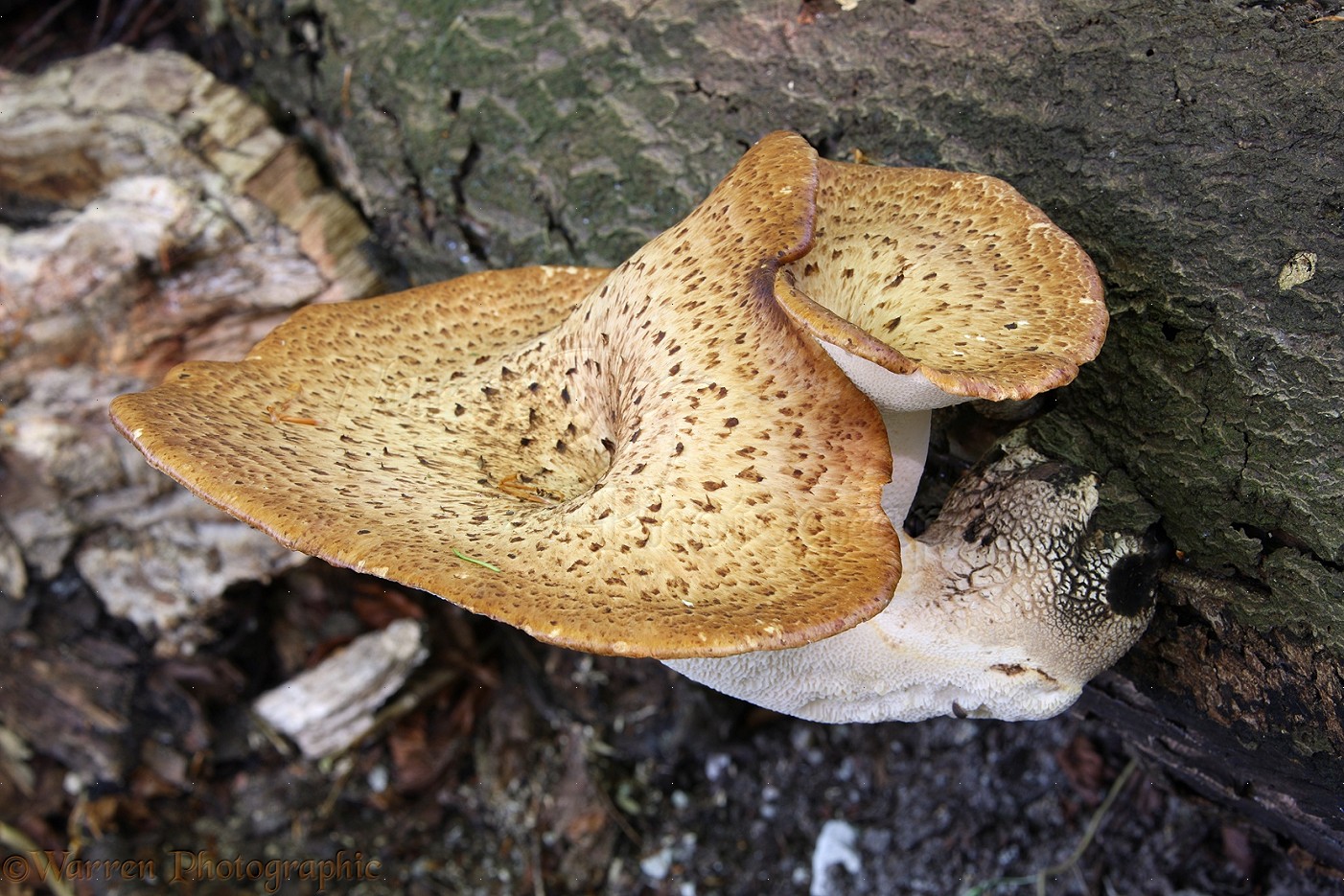
Dryad's Saddle fungi photo WP19261
Dryad's Saddle as it first emerges. A giant one! These are young tender specimens that I thoroughly enjoyed. Polyporus squamosus spores 1000x. Polyporus alveolaris looks a little like it but is much smaller and very tough.

The dryad saddle mushroom, polyporus squamosus
A simple preserve of dryad saddle or pheasant back mushrooms. It's similar to a mushroom duxelles and can be used in sauces and stuffings. It's springtime again, and with it comes the onslaught of Dryad Saddle, a.k.a Pheasant Back mushrooms here in Minnesota.

Dryad's Saddle Mushrooms © Stuart Wilding Geograph Britain and Ireland
The dryad's saddle ( Cerioporus squamosus, formerly known as Polyporus squamosus ), and referred to as the pheasant's back or pheasant back mushroom, or hawk's wing, is a widespread edible wild fungi that is easy to spot beginning in mid to late April and continuing through June.

Mushroom. Dryad’s Saddle (Polyporaceae ) photo by John Jeffries. The
How to Cook a Perfect Pheasant Back / Dryad's Saddle Mushroom — Font and Flora Wild Southern Food and Typography The flavor of this mushroom is absolutely beautiful! It tastes somewhere between pork and chicken, with that hint of nuttiness that mushrooms often have.
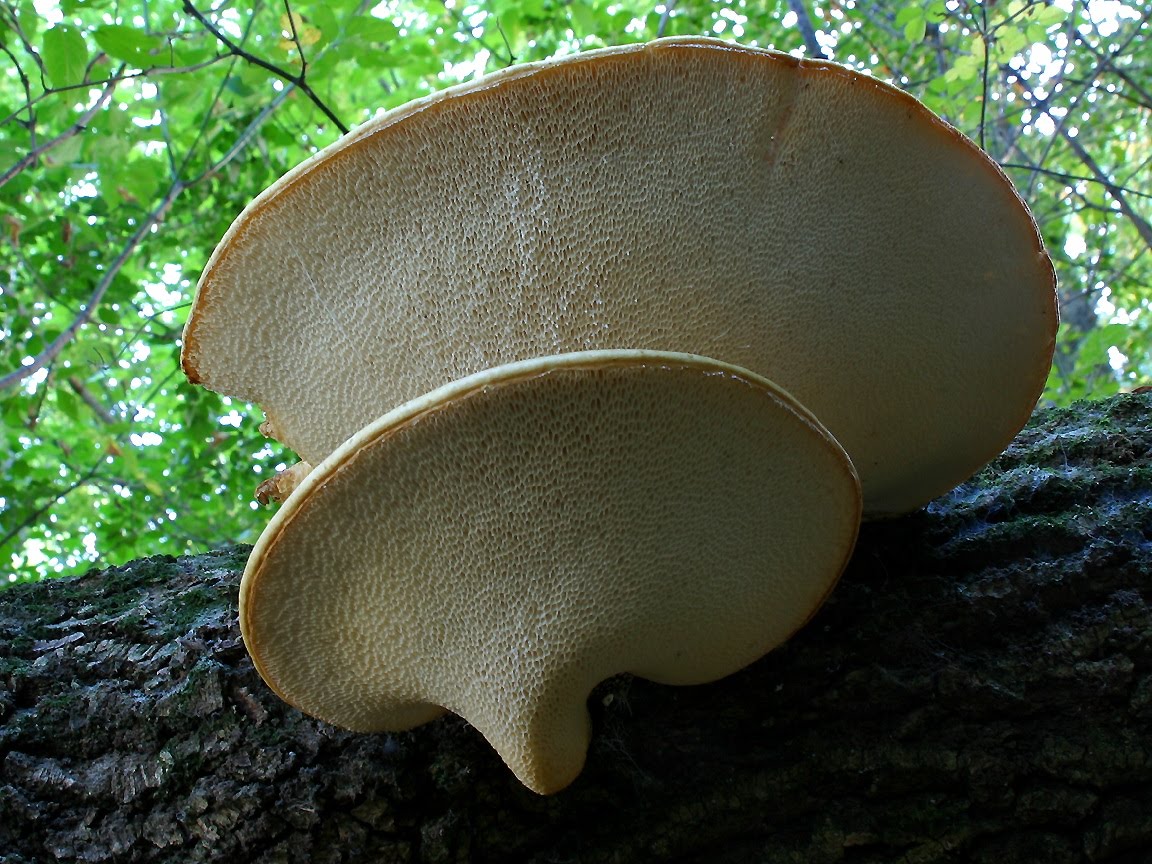
Species Dryad's Saddle Mushroom
Season - April - August Habitat - growing as a parasite on dead and dying deciduous trees, especially elm, beech and sycamore. The pores of young dryad's saddle often smell of water melon! I have harshly rated this beautiful fungi for edibility due to the difficulty of catching it in its youthful prime.

Dryad's Saddle Mushroom ID & Recipe YouTube
Dryad's Saddle, also commonly known as Pheasant Back, is a large bracket mushroom that grows on dead or dying hardwood trees. It causes a white rot which will kill the tree if it isn't already dead. Dryad's Saddle has beautiful, decorative light and dark brown markings on its cap that look like scales.

Dryad's Saddle, a Unique and Tasty Mushroom Eat The
The edible dryad's saddle, Cerioporus squamosus or Polyporus squamosus mushroom, has a stunning pattern atop its cap. It looks akin to pheasant feathers hence why this wild mushroom is called pheasant back mushroom. It's easy to forage and can be eaten raw or cooked. Dryad's saddle provides more than it takes from the surrounding ecosystem.

Dryad's Saddle (Massachusetts Mushrooms) ·
The Dryad's Saddle Mushroom is high in protein and fiber, and it also contains important vitamins and minerals like potassium, phosphorus, and vitamin B12. It's also a great source of antioxidants, which can help protect your cells from free radical damage.